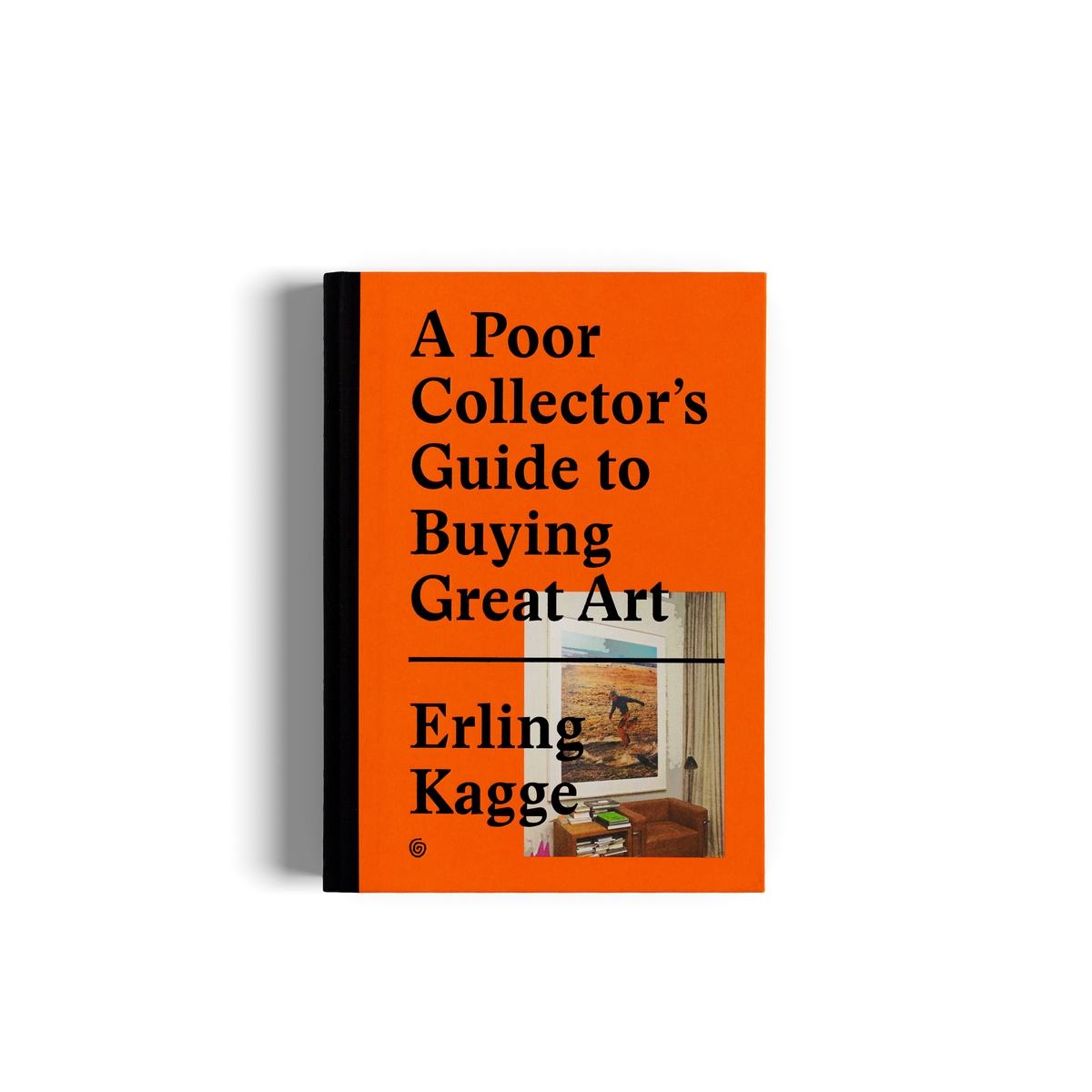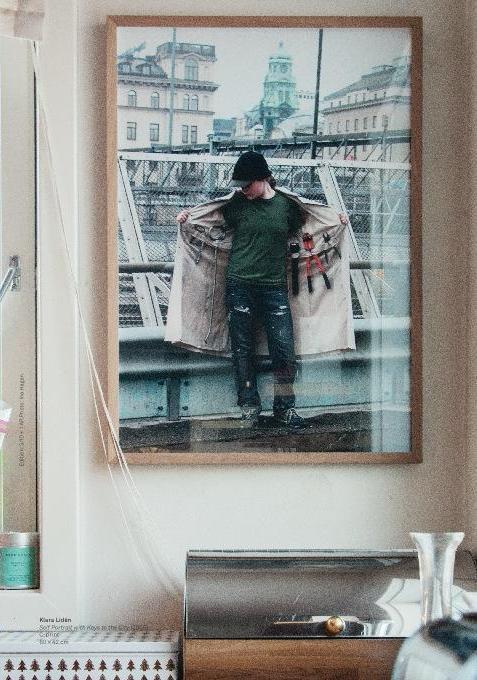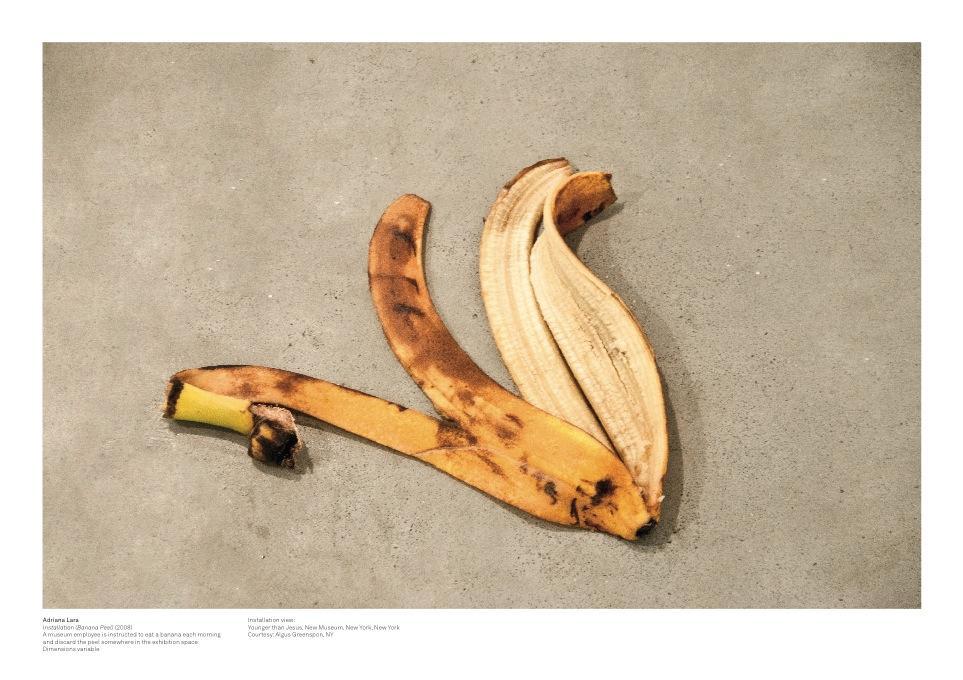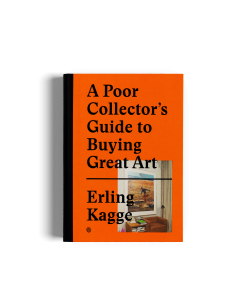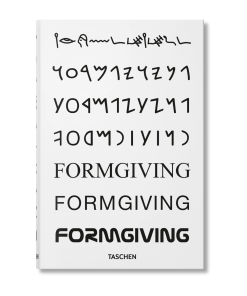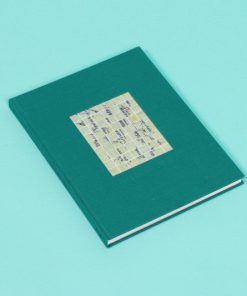A POOR COLLECTOR’S GUIDE TO BUYING GREAT ART Gestalten
$ 35,00 $ 21,00
Everything you always wanted to know about the art market but were afraid to ask. A pioneering collector explains how to use passion and intuition to acquire key pieces or build a collection—even on a limited budget.
Today’s art market is incredibly dynamic. There are so many compelling works, shows, and exhibitions to choose from. Because there is so much to discover and see, many people are getting interested in collecting art. But since it’s impossible to keep track of all developments, becoming an art collector is not easy.
A Poor Collector’s Guide to Buying Great Art provides relief and offers sound advice to those who want to buy art but don’t know how or where to do it. They might have preferences in terms of styles or techniques, but they’re not familiar with how the buying process works. Perhaps they already have specific pieces in mind but don’t yet trust the rules of the art market —if such rules actually exist. What does someone actually need to know to prevent their personal tastes from leading them to make the wrong investment decisions?
This book illuminates all aspects of becoming an expert at buying art that one will enjoy for many years, such as how to get started, how to take one’s tastes seriously, how to do a targeted search for pieces, how to learn to appraise prices, and how to find trustworthy partners.
In 1990, the Norwegian lawyer and writer Erling Kagge was half of the 2-man expedition that was the first ever to reach the North Pole unsupported (the other half was his countryman Børge Ousland). In 1992–93, he became the first person to walk to the South Pole alone, and, in 1994, Kagge summited Mount Everest, thus becoming the first person to complete the “Three Poles Challenge.” Today, he runs a publishing business in Olso called Kagge Forlag, collects international contemporary art and Russian icons, and serves on the board of the Astrup Fearnley Museum of Modern Art. He wrote the preface for our previous release The Outsiders.
Fast Shipping and Professional Packaging
Due to our longstanding partnership with UPS FedEx DHL as well as other leading global carriers, we can provide various shipping options. Our warehouse staff is highly trained to pack your goods precisely according to the specifications that we supply. Your items are carefully inspected and securely secured prior to shipment. We deliver to thousands of customers every day across multiple countries. The fact that we are determined to become the largest online retailer in the World is clear. Both Europe as well as the USA have distribution and warehouse centres.
Note: Orders containing more than one product will be assigned a distinct processing time dependent on the particular item.
Prior to shipment, we inspect the ordered items thoroughly before sending the items. The majority of orders are shipped within 48 hours. Expected delivery time is between 3 and 7 days.
Returns
Due to the multiple parties involved, including the factory and the warehouse, we cannot fully manage stock. The levels of stock can change at any moment. Please understand it may happen that your order may be out of stock after your order has been made.
The policy is for 30 days. If it's been more 30 days since you made your purchase and we're unable to offer you a complete refund or exchange.
The item must not be used and in the original packaging. It must also be returned in its original packaging.
Related products
Books
Uncategorized
Uncategorized
Uncategorized
Uncategorized
Books
Uncategorized
Uncategorized
Uncategorized
Uncategorized
Books
